Are you prepared to up your fitness game with a potent, useful exercise? A complex exercise that works several muscle groups, improves strength, and increases power is the kettlebell deadlift. In this thorough tutorial, we’ll explain the advantages of kettlebell deadlifts, show you how to do them correctly, look at fun variants, and offer efficient exercise plans to help you reach your fitness objectives. Let’s get going!
Table of Contents
Learn About the Incredible Advantages of Kettlebell Deadlifts
The glutes, hamstrings, lower back, and core are among the primary muscle groups targeted by kettlebell deadlifts, which are a great workout for increasing whole body strength. You’ll get more strength, more power, better posture, and more stability by including kettlebell deadlifts in your exercise regimen.
Improving Your Deadlift Kettlebell Technique
It’s critical to adopt the correct technique when performing kettlebell deadlifts in order to maximize results and avoid injuries. To perfect the deadlift, adhere to these detailed instructions:
- While maintaining a shoulder-width distance between your feet, stand with the kettlebell between your ankles.
- While maintaining your back straight and your chest high, hinge at the hips and gently bend your knees.
- With your palms towards your body, grasp the kettlebell handle with both hands.
- Lifting the kettlebell requires engaging your core and driving through your heels while extending your hips and knees.
- Squeeze your glutes at the top of your stance while keeping your back straight.
- By hunching at the hips and bending your knees, you can lower the kettlebell back to the ground while keeping your spine neutral.
Investigating Kettlebell Deadlift Variations for Additional Difficulty
Once you’ve mastered the fundamentals of the kettlebell deadlift, you may experiment with numerous variants to boost the difficulty and focus on various muscle groups. Popular versions of the kettlebell deadlift include:
- Kettlebell Single-leg deadlift: During deadlifting, stand on one leg while extending the other leg behind you for additional stability and hamstring activation.
- Kettlebell Sumo Deadlift: Widen your stance and point your toes outward when performing the sumo deadlift to more effectively target your glutes and inner thighs.
- Deadlift using a staggered stance: Put one foot slightly in front of the other to put more weight on the front leg and work the hamstrings.
- To increase the weight and enhance the workout, hold a kettlebell in each hand while employing a mixed grip or a pronated grip.
Preventing Typical Kettlebell Deadlift Errors
Avoid these typical errors to ensure the efficacy of the kettlebell deadlift and to prevent injuries:
- Rounding your back: To protect your lower back and activate your core muscles, keep your spine neutral throughout the activity.
- Hyperextending your hips: To prevent straining your lower back at the peak of the lift, don’t lean back too much.
- Tugging with your arms while lifting: Instead of tugging with your arms while lifting anything heavy, concentrate on propelling the motion with your hips and legs.
Kettlebell Deadlift Exercise Programs for Best Outcomes
To get the finest benefits from your workout program, add kettlebell deadlifts to it. To get you started, check out these fitness plans:
- Kettlebell circuit: For a full-body workout, combine kettlebell swings, pushes, and rows with kettlebell deadlifts. Each exercise should be done for 45 seconds, followed by a 15-second break. The circuit should be done three to four times.
- Workout that focuses on building strength: Combine kettlebell deadlifts with squats, lunges, and push-ups. For each exercise, do 3–4 sets of 8–12 repetitions with a 60–second break in between each set.
- Superset with exercises that target the opposite muscle groups: Kettlebell deadlifts should be performed in a superset with exercises that target the opposite muscle groups, such as bent-over rows or kettlebell overhead presses. Do each exercise quickly followed by a short pause, then perform the superset three to four times.
- Progressive overload: To continually put your muscles to the test and encourage muscular growth and strength gains, gradually increase the weight of the kettlebell, the quantity of repetitions, or the length of your exercise.
Video: Kettlebell deadlift with two kettlebells
Conclusion:
A robust, adaptable exercise that can assist in developing a more powerful physique is the kettlebell deadlift. You may fully profit from this dynamic action by perfecting the correct technique, experimenting with variants, and incorporating them into well-rounded training regimens. Accept the challenge and use kettlebell deadlifts to improve your fitness now!
Kettlebell Deadlifting Commonly Asked Questions
This section covers commonly asked questions about the kettlebell deadlift.
What is the recommended frequency for kettlebell deadlifts?
With enough time between sessions for rest and recuperation, try to incorporate kettlebell deadlifts into your weekly training regimen two to three times.
Does kettlebell deadlifts aid in weight loss?
Yes! When coupled with a healthy diet and way of life, kettlebell deadlifts, a complex exercise that works numerous muscle groups, can boost metabolism and calorie burn while helping you lose weight.
What weight kettlebell should I use for deadlifts?
Choose a kettlebell weight that pushes you but yet enables you to carry out the exercise with perfect technique. Kettlebells may be used for both beginner and expert exercisers. Beginners should start with a 20–25 pound kettlebell.
Will doing kettlebell deadlifts help me perform better in sports?
Definitely! Kettlebell deadlifts improve the strength, power, and stability of the lower body, which can enhance athletic and sporting performance.
Are novice kettlebell deadlifts safe?
Absolutely, novices may safely perform kettlebell deadlifts as long as they utilize the right weight, maintain perfect form, and advance gradually. If you have any questions regarding your technique, always speak to a fitness expert.

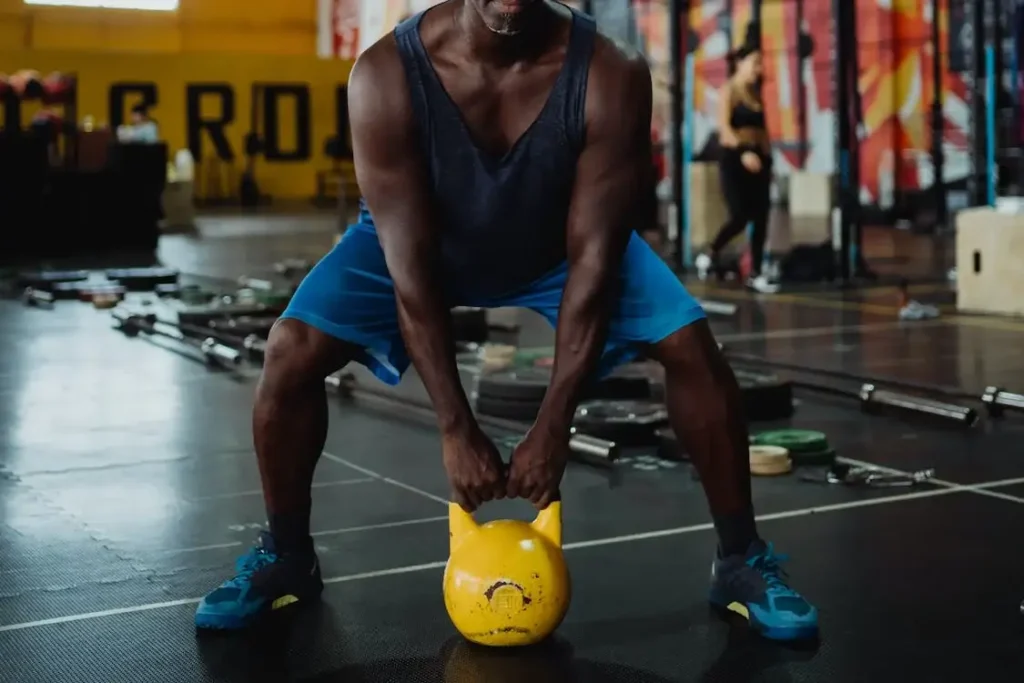
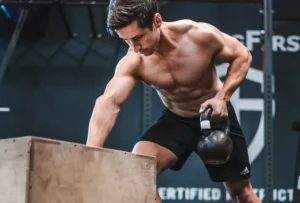

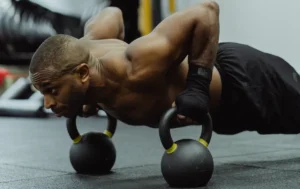
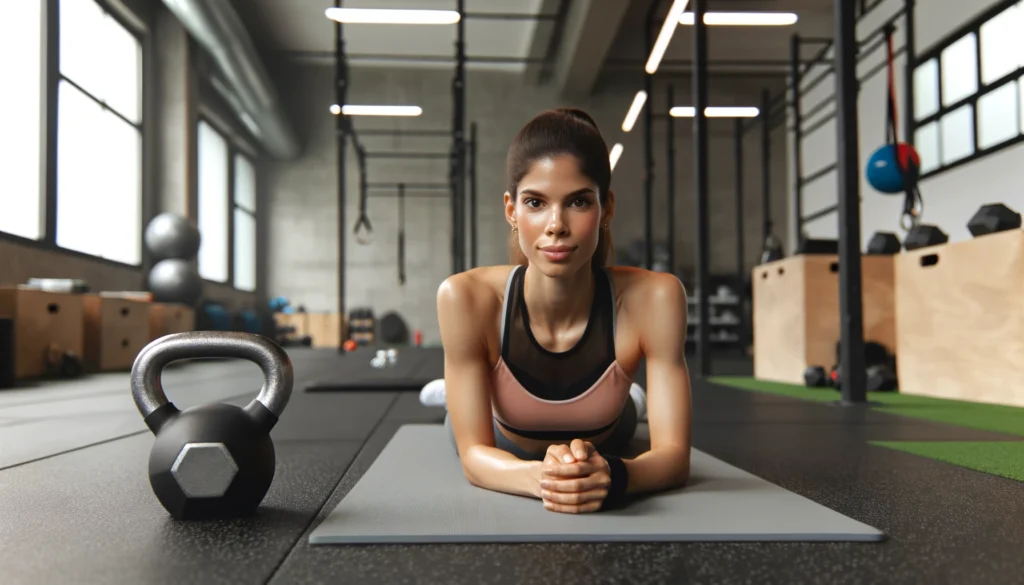

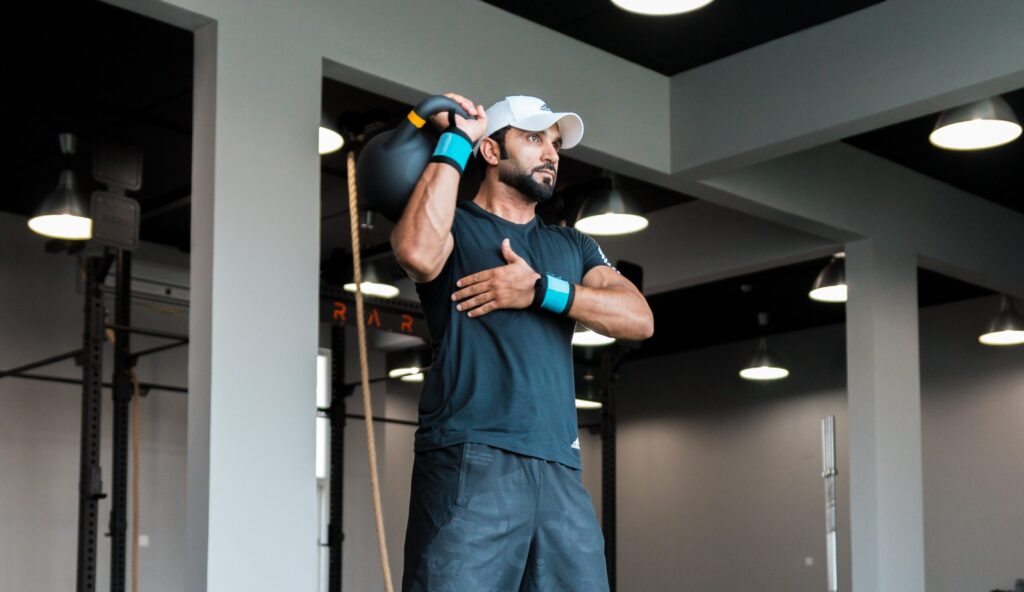
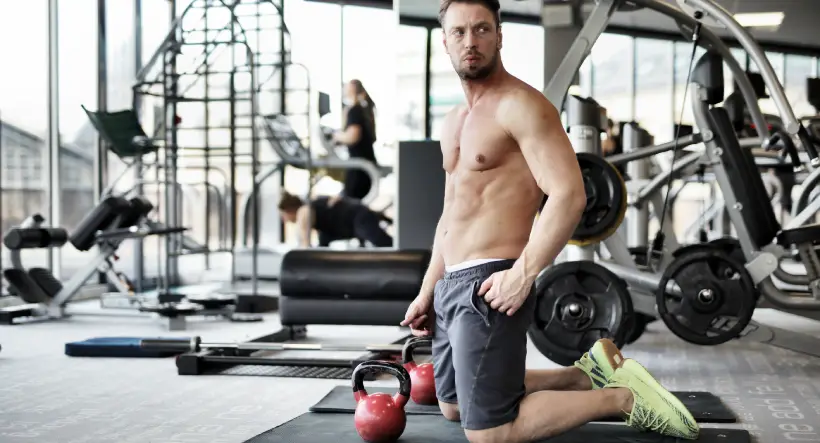
1 comment
kettlebellblog
This is a comment!